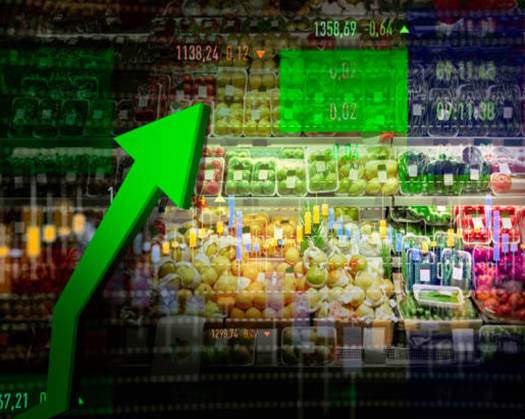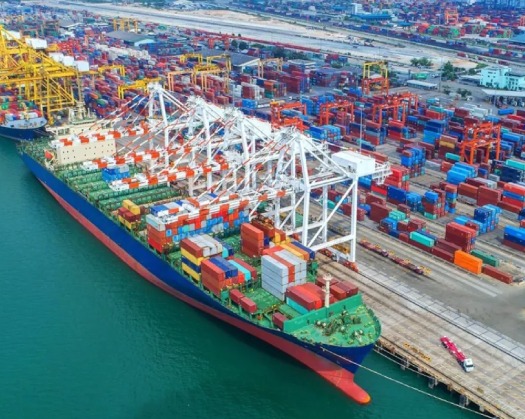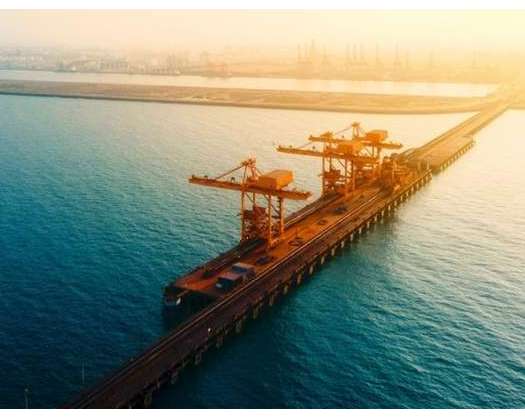New Delhi: In March 2025, India's retail inflation, as indicated by the Consumer Price Index (CPI), experienced a significant decline to 3. 34%, reaching its lowest level in over five years.
The steady reduction in inflation, primarily due to falling food prices, has enhanced macroeconomic stability, created space for further relaxing monetary policy, and sparked renewed optimism regarding India's growth prospects. As inflation stabilizes, the economy appears ready for increased investment inflows supported by strong consumer demand.
CPI drop supports the RBI’s supportive approach
Within its inflation-targeting framework, the Reserve Bank of India (RBI) aims for a range between 2% and 6%, with a medium-term objective of 4%. The recent and ongoing decrease in CPI has bolstered the RBI’s confidence in maintaining its accommodative monetary policy, while also raising the likelihood of cuts to the repo rate to promote economic expansion.
Earlier in 2024, the central bank had taken a reserved stance due to high inflation levels. However, as the pressures from food and fuel costs lessened, it regained room for monetary maneuvering. This development paves the way for reducing borrowing costs, boosting credit growth, and facilitating business expansion.
Monthly trend of CPI Inflation
The inflation pattern in India clearly indicates a return to price stability, with the Consumer Price Index (CPI) decreasing from a high of 6. 2% recorded in October 2024. This downward shift is largely attributed to significant declines in food costs, particularly for vegetables, cereals, and pulses, along with softer global commodity prices.
While inflation remained at or above 5% for ten out of the last fifteen months since January 2024, the consistent moderation observed recently suggests a robust disinflationary trend is on the horizon. This reduction not only indicates improved supply-side conditions but also showcases the success of policy measures aimed at alleviating price pressures across essential sectors.
Reducing Inflation encourages investment confidence
Decreasing inflation results in higher real disposable income, which in turn boosts consumer confidence and household expenditure. Moreover, it enhances corporate profit margins by lowering input expenditures and promotes capital investment. For both local and international investors, a low inflation environment signals macroeconomic prudence, thereby supporting long-term investment choices. This scenario is expected to stimulate a revival in private sector investments, particularly in manufacturing, infrastructure, and services, where enterprises had postponed capital expenditure decisions due to elevated borrowing costs and price uncertainty.
Indian economy shows resilience amid global challenges
Throughout 2024 and 2025, the global economy continues to contend with challenges stemming from persistent geopolitical tensions and tightening monetary policies in Western nations. In this uncertain environment, India's managed inflation and robust growth present a distinctive combination of stability and opportunity, enhancing its appeal as an investment hub. Initiatives related to food management, energy transitions, and effective fiscal-monetary coordination have contributed to controlling domestic price pressures. These structural defenses render the country less susceptible to global inflationary influences.
Positive outlook ahead
Forecasts from the India Meteorological Department (IMD) predict a normal monsoon, suggesting that inflation expectations for FY26 will comfortably align with the RBI’s target of 4%. Sufficient rainfall is anticipated to drive strong agricultural production, thereby mitigating food inflation risks and bolstering rural demand.
Additionally, global supply chains are showing signs of stabilization, and energy prices are anticipated to stay at moderate levels, which supports an optimistic inflation perspective. The blend of reduced interest rates, stable prices, and consistent policies is likely to propel India's GDP growth toward the higher range of 6. 5 to 7. 0% for the fiscal year 2025–26.
India well-positioned among leading economies in controlling inflation
Among the top ten economies worldwide, India distinguishes itself by achieving the most significant reduction in consumer price inflation, decreasing from 4. 5% in 2024 to 3. 4% in 2025, resulting in a notable reduction of 1. 1 percentage points. This drop is much sharper than the modest decreases of 0. 3% to 0. 6% seen in other major nations like the U. S. , Germany, and the UK.
This rapid decrease highlights India's robust macroeconomic fundamentals, sensible monetary policies, and effective frameworks for targeting inflation. Along with its favorable growth path, India's positive inflation trajectory further boosts its attractiveness as a reliable and promising economic force.
Consequences for policy, growth, and resilience
The ongoing decrease in CPI inflation in India brings about a range of beneficial consequences for policy decisions, economic expansion, and general resilience. It affords the Reserve Bank of India increased flexibility to endorse a more supportive monetary policy, potentially allowing for additional repo rate reductions without jeopardizing price stability.
Diminished inflation also enhances consumer and business confidence, prompting increased spending and investment.
Stable input prices enhance India's position in the global market, while lower subsidy obligations strengthen fiscal discipline and assist in improved budget formulation. Furthermore, India's distinct blend of low inflation, vigorous growth, and political stability enhances its attractiveness for foreign investment.
India’s retail inflation, reducing to 3. 34% in March 2025, represents a successful navigation of macroeconomic challenges in a complicated global landscape. The steady decline in prices has reaffirmed the RBI's cautious approach and now grants it the strategic room for further policy loosening, which can boost growth without triggering new inflation risks.
With a regular monsoon predicted, effective fiscal management, and positive global commodity trends, India's inflation outlook appears favorable. This remarkable macroeconomic situation—characterized by low inflation and strong growth—positions India favorably to influence the emerging market narrative in the years ahead.












